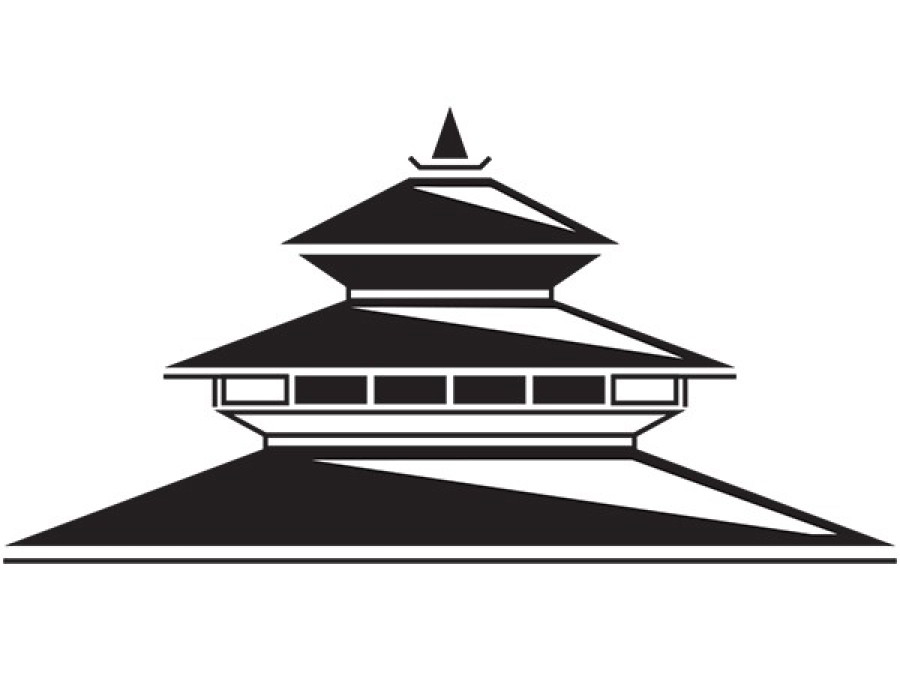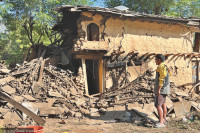Editorial
Concrete block
In blatant disregard of the views long espoused by conservationists and locals, the Kathmandu Metropolitan City (KMC) has used concrete to build up a portion of Rani Pokhari’s boundary wall.
In blatant disregard of the views long espoused by conservationists and locals, the Kathmandu Metropolitan City (KMC) has used concrete to build up a portion of Rani Pokhari’s boundary wall. This use of concrete goes against the Ancient Monument Preservation Act, which states that any historic buildings and heritage sites that are over a hundred years old have to be preserved in their original form. The recent incident is not the first time that the KMC has come under fire for meddling with one of Kathmandu’s most cherished heritage sites. But now it seems that the Valley’s residents have finally had enough. Yesterday, a group of conservationists and locals padlocked Rani Pokhari in an attempt to block construction workers from entering its premises. It has come to light that Mayor BS Shakya from the UML, personally arrived to remove the padlock, in response to Nepali Congress (NC)-affiliated Ward Chairman BR Khadgi and several NC members supporting the protestors. Such politicisation will further supress the main issue of heritage conservation.
Rani Pokhari was commissioned in 1670 CE by King Pratap Malla in remembrance of his son, who had died in a freak accident. Rani Pokhari has a natural compacted top-soil, coupled with underground aquifers that naturally allow the pond to be perennially filled with water—without using any non-natural waterproofing techniques. Since its construction, the Valley’s residents and visitors have consecrated it in their memories as a monument of love and loss.
Even the temple at the centre of the pond, dedicated to a form of the god Shiva, serves as a religious monument to those Hindu women who do not have brothers. These women would visit the temple on Bhai Tika every year to worship the idol within. The pond also holds a special bond with Maithili women in the Valley, who would perform Chhath rituals there.
The KMC has made no secret of plans to build coffee shops and dancing fountains along the banks of the pond, and to reduce the size of this historic pond by 20 percent. That they have plans to turn this historical monument into nothing short of an entertainment park shows that the city’s leaders have completely lost touch with their constituents.
Protests against the KMC’s actions first started when the water from Rani Pokhari was drained without consulting experts. Then, the city council turned a deaf ear to objections and went against the wishes of UNESCO, archaeologists, conservationists and locals, by using concrete pillars to reconstruct the centre temple. The government, in response to protests, came up with a considerably half-baked measure where the KMC was ordered to hand temple restoration work over to the Department of Archaeology (DoA). Meaning that restoration of the pond itself was still left with KMC. And now, dissent has increased with the insensitive use of concrete to repair the boundary wall.
When locals and conservationists alike protest against the ‘revitalisation’ of an emotionally connected heritage site, the KMC should learn to listen and stop such work immediately. Perhaps after this recent spat, the government too will learn its lesson and transfer management of the entire Rani Pokhari site to the DoA.




 8.12°C Kathmandu
8.12°C Kathmandu












%20(1).jpg&w=300&height=200)

